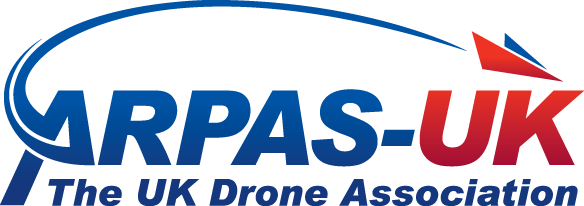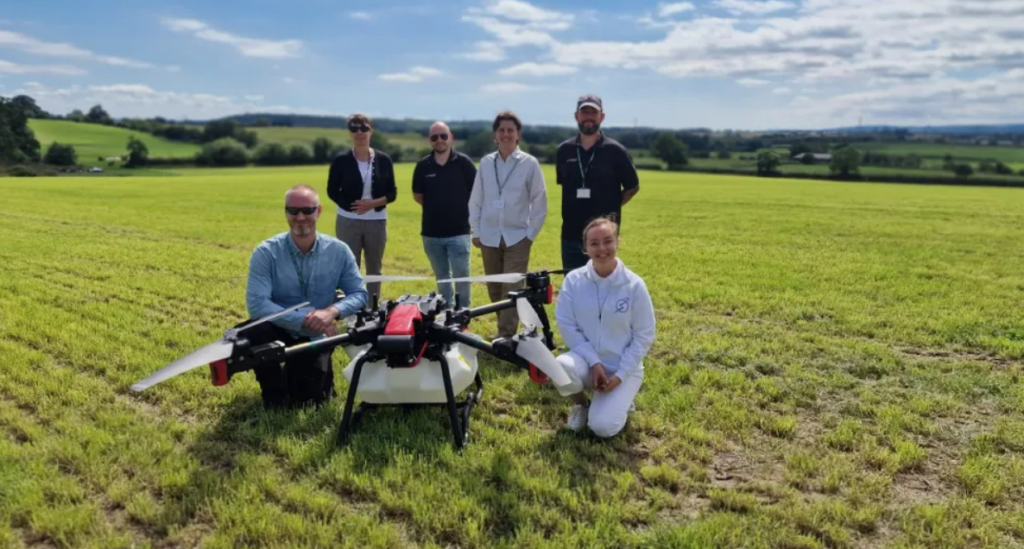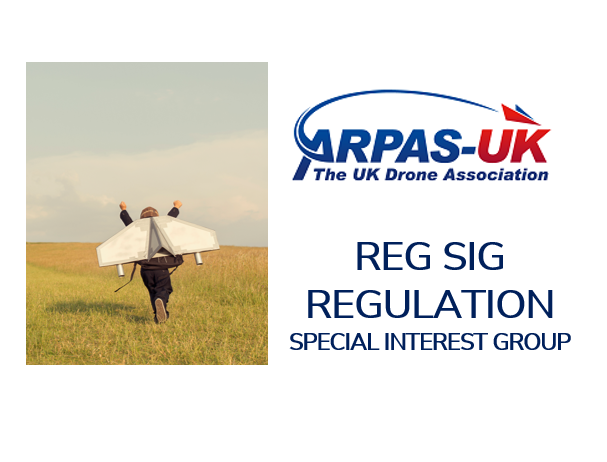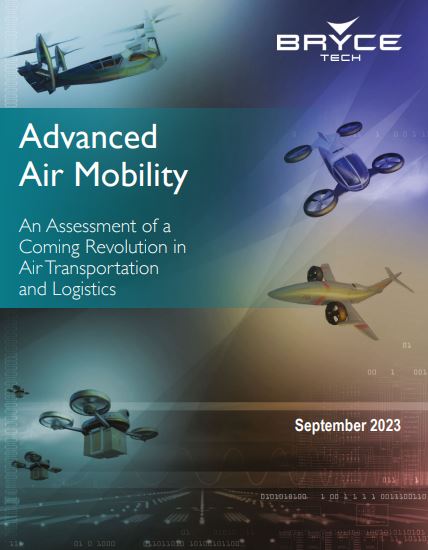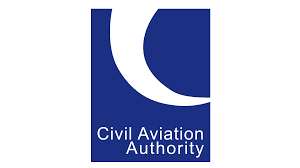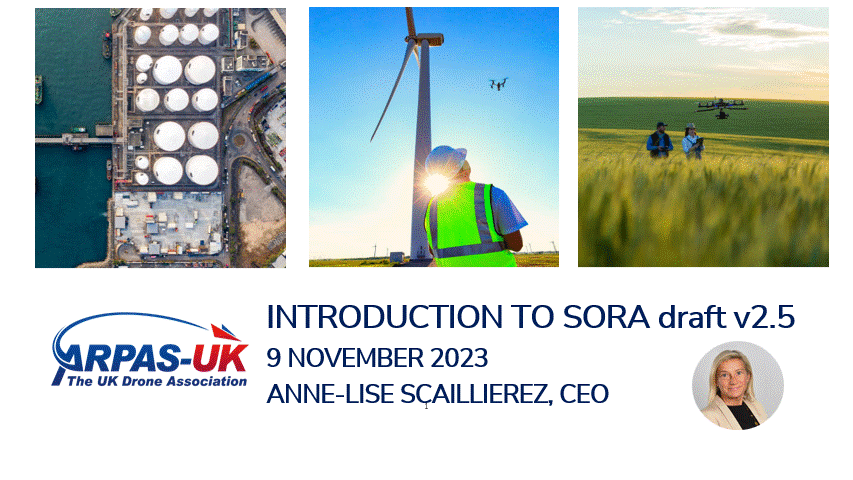The Aviation Ambassadors Group works with the Department for Transport to help deliver a skilled, diverse and sustainable aviation workforce fit to seize the opportunities of the future. This newly announced cohort will be in action for the next two years, rather than one year, as previously.
The group helps meet the goals of the Generation Aviation programme. This programme sees the UK government, industry and others, including the aviation ambassadors, work to help build an aviation workforce fit for the future, attract diverse and talented people and prepare for new technologies.
The aviation ambassadors play an important role in inspiring the next generation of aviation professionals, championing the sector and acting as role models for prospective aviation workers from all backgrounds.
The Aviation Ambassador Group has 3 main objectives:
- Raising the profile of the aviation industry: Inspiring the next generation of aviation professionals, championing the sector and acting as role models for prospective aviation workers from all backgrounds. Using social media and communication platforms to improve the visibility of all opportunities in the sector including by showcasing the wide variety of roles that are on offer in the aviation sector such as those that are less understood or are overlooked.
- Outreach programmes: Developing and delivering bespoke outreach activities to young people and underrepresented or marginalised groups. This will include attending events designed to educate, inspire and engage young people who would not otherwise pursue opportunities available within the aviation sector.
- Career pathways: Supporting the development or promotion of new learning and development opportunities, including considering where pathways into the aviation sector can be created, improved or signposted, including supporting the mobility and retention of skills within the sector.
The Ambassadors:

Alex Durand
Alex has decades of aviation experience and has been chief executive officer of Klyne Aviation for over 10 years, delivering integrated aviation services that fly clients worldwide. He is also a non-executive director for NUNCATS, a UK electric aircraft innovator.
Alex is a champion of aviation – commercial, general and business – and his local community in Norfolk. He sits on the Norfolk chamber of commerce board and works as vice chair of the British Business and General Aviation Association.
He wants to challenge the perceptions of the aviation sector to help build a more diverse, accessible and sustainable future.
Alex is also an ARPAS-UK Member.
Alice Goodwin, Hannah Wells, Honor Puciato, Jack Jenner-Hall, Lilya Turner Hurd, Mariya Tarabanovska, Michael Glen, Mohammad Taher, Nurina Sharmin
Mariya and Nurina work for Flight Crowd, a UK educational non-profit which exists to support the Air Mobility community. They aim to bring together enthusiasts and experts both to educate and to grow the wider public interest in the Future Flight industry.
ARPAS-UK wishes all the ambassadors well.
ARPAS-UK would like to thank Keith Bennett, Chief Pilot – Drone/Counter Drone Lead and Trainer at West Midlands Police, for his work in 2023 as Aviation Ambassador. He has been inspirational in his outreach, and we look forward to continuing to work with him via the NPCC.
15 January 2024
